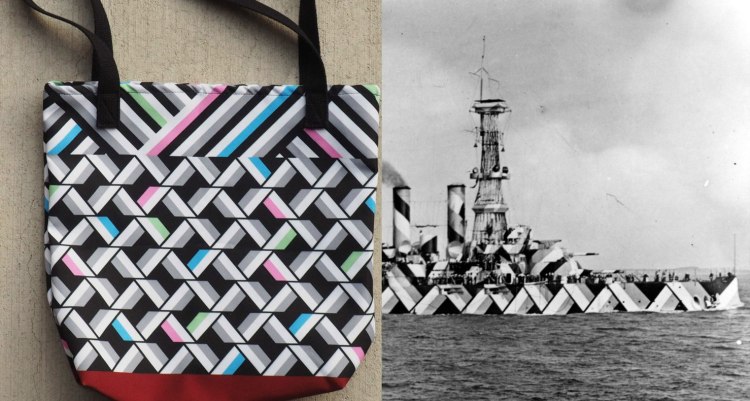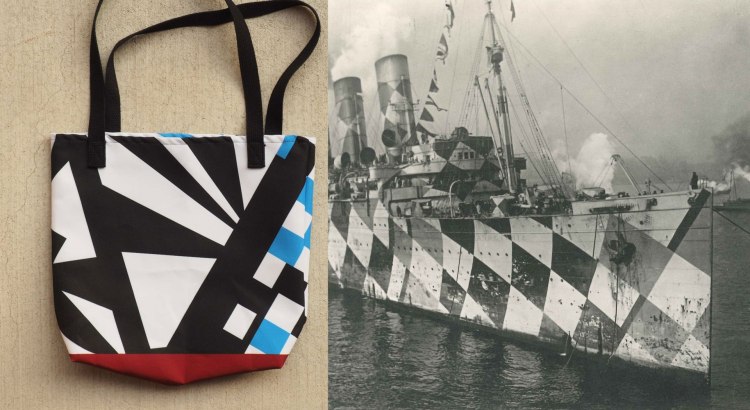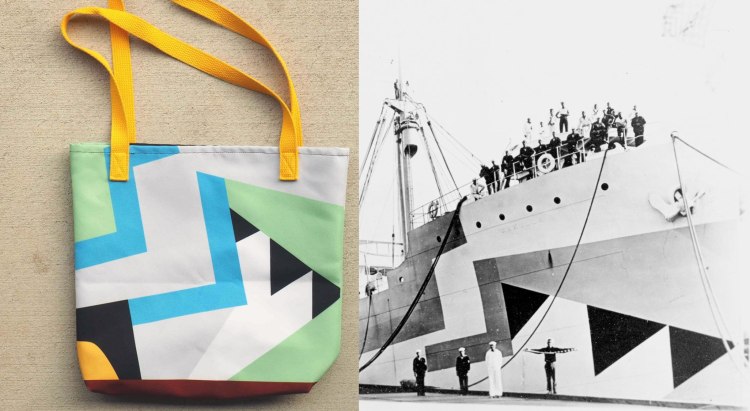The Reason Why Ships in World War I Were Painted in Brightly Colored Geometric Dazzle Camouflage

In a resplendent report for Vox, senior producer Phil Edwards recounted a very clever idea of painting warships with brightly colored geometric shapes put forward by British artist Norman Wilkinson to ward off the danger of U-boats during World War I. The idea, known as "dazzle camouflage", was used to confuse the enemy as to whether the ship was coming or going, making it very difficult to properly aim torpedoes using a periscope and keeping those aboard safe.
The idea was to confuse u-boats about a ship's course, rather than try to conceal its presence. In doing so, dazzle camouflage could keep torpedoes from hitting the boat - and that and other strategies proved a boon in World War I. This camouflage is unusual, but its striking appearance influenced the culture, inspired cubist painters' riffs, and even entered into the world of fashion. Though dazzle camouflage lost its utility once radar and other detection techniques took over from u-boat periscopes, for a brief period in time it was an effective and unusual way to help ships stay safe.
We previously wrote about colorful tote bags inspired by dazzle camouflage handmade by former Laughing Squid blogger Evan Wagoner-Lynch, which are available for purchase through his online shop.


